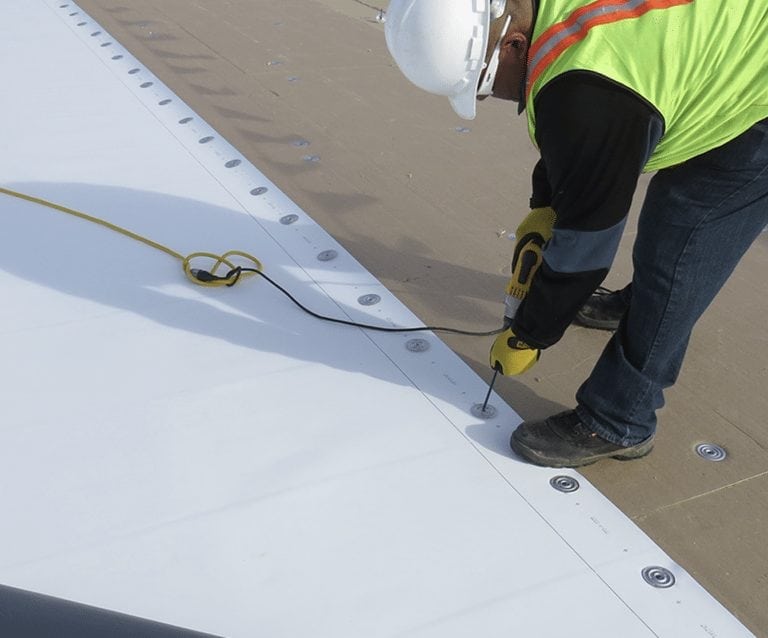Introduction:
Roof construction is a critical aspect of building a home or structure, as it provides protection against the elements and contributes to the overall stability and longevity of the building. Whether you’re constructing a new home or renovating an existing one, understanding the essentials of roof construction is essential for ensuring a strong and reliable roof that will withstand the test of time. In this article, we’ll explore the key components and considerations involved in roof construction and how to build a roof that is both durable and functional.
Design and Planning:
The first step in roof construction is careful design and planning. This involves determining the appropriate roof pitch, size, and style based on factors such as climate, architectural style, and budget. The design should also take into account local building codes and regulations to ensure compliance with safety and structural standards. Working with an experienced architect or roofing contractor can help ensure that your roof design meets your needs and specifications.
Roof Framing:
Roof framing forms the structural skeleton of the roof and provides support for the roofing materials. Common types of roof framing include rafters, trusses, and joists, which are typically made from wood or metal. The framing system must be engineered to withstand the weight of the roofing materials, as well as any additional loads such as snow, wind, and equipment for maintenance. Proper spacing, bracing, and fastening are essential for ensuring the stability and integrity of the roof framing.
Roof Decking:
The roof decking is the layer of material that is attached to the roof framing and provides a solid base for the roofing materials. Common types of roof decking include plywood, oriented strand board (OSB), and roof sheathing. The decking must be properly installed and fastened to the framing to ensure a smooth and even surface for the roofing materials. Additionally, adequate ventilation is essential to prevent moisture buildup and prolong the life of the roof decking.
Roofing Materials:
Choosing the right roofing materials is crucial for achieving a durable and functional roof. Common roofing materials include asphalt shingles, metal roofing, tile, slate, and wood shakes. Each material has its advantages and considerations in terms of cost, durability, appearance, and maintenance requirements. When selecting roofing materials, it’s essential to consider factors such as climate, architectural style, and budget to choose the best option for your project.
Installation and Maintenance:
Proper installation is critical for ensuring the longevity and performance of the roof. Whether you’re installing asphalt shingles, metal roofing, or another material, following manufacturer guidelines and best practices is essential for achieving a watertight and secure roof. Regular maintenance, including inspections, cleaning, and repairs, is also essential for prolonging the life of the roof and preventing costly damage and leaks.
Conclusion:
Roof construction is a complex process that requires careful planning, design, and execution to ensure a strong and reliable roof that will protect your home for years to come. By understanding the key components and considerations involved in roof construction, you can make informed decisions and work with experienced professionals to build a roof that meets your needs and exceeds your expectations. With proper design, framing, decking, materials, installation, and maintenance, you can enjoy the peace of mind of knowing that your roof is built to last.


